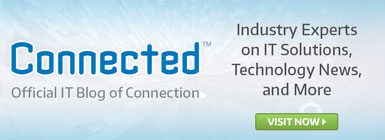Remote access software is fast becoming a staple of government and education office environments. The remote desktop is the new government office and is often the most effective way to communicate with colleagues during working hours out of the office. Remote desktop software offers the ability to... control many different types of devices including smartphones, notebooks, and tablets, as well as larger desktops and mainframes. In tandem with virtualization technology, remote access software can also give exclusive remote desktop access to certain individuals within an agency without having to open up proprietary data streams to malicious, third party users.
HP, Microsoft, and Symantec are among the industry leaders for remote access software. Although the larger companies may give up a bit of performance capability within the software itself, they have the distinct advantage of high compatibility with the network systems that are likely industry standard. Virtualization technology can also give an individual the ability to control multiple devices from a single hub, which can help to centralize operations within a government agency.
The right type of remote desktop software can organize remote desktop access within a government agency or educational institution by hierarchy as well. Certain password protected areas will only allow full access to higher level executives while providing limited access to individuals working on different aspects of a project. With this type of organization and time efficiency, an agency can use a remote desktop as a part of a larger network to build productivity within the overall office or agency.











